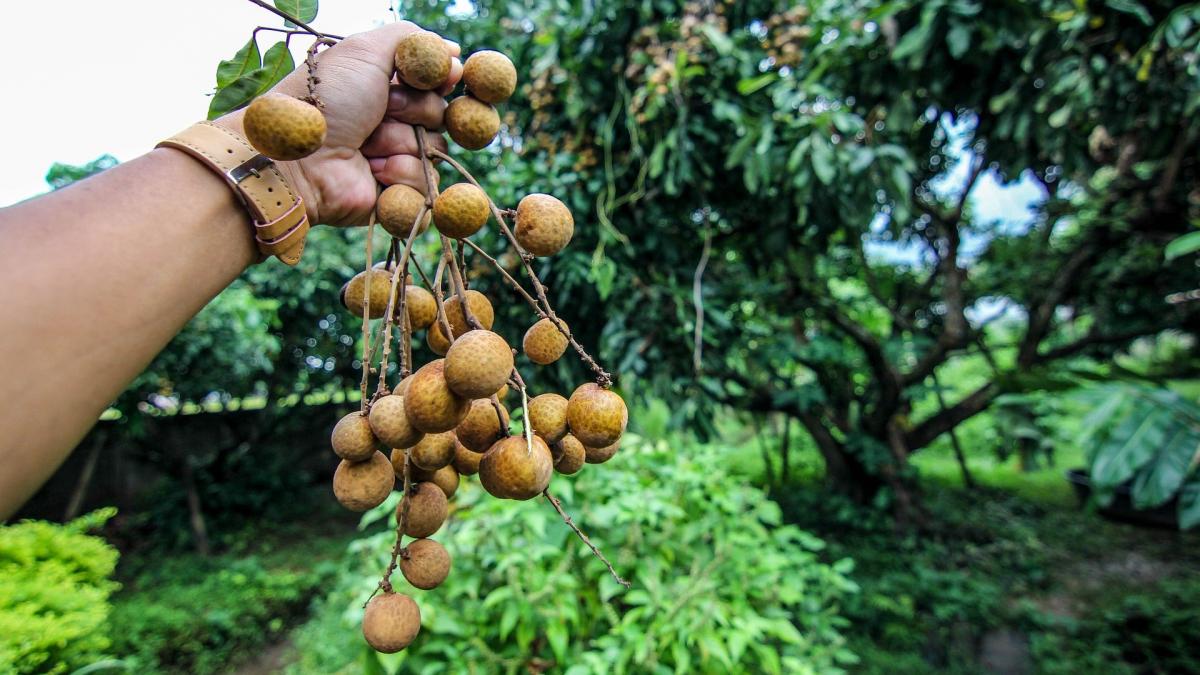You are here
Back to topThai Longan Exports to China Down 20%

According to Thai media reports, Thailand’s Ministry of Agriculture and Cooperatives has observed a minor decrease of 1.43% in longan cultivation across eight northern provinces in 2023, with the total cultivation area falling slightly from 206,080 to 203,680 hectares. This reduction was ascribed to farmers replacing old longan trees with other crops such as durians, rambutans, rubber, cassavas, corn and coffee.
The total production across the aforementioned provinces was 972,330 metric tons, comprising 641,919 metric tons of seasonal longans and 330,411 metric tons of non-seasonal longans, a combined decrease of 5.04% from last year. Adverse weather conditions, characterized by fluctuating temperatures between December and January and insufficient rainfall as longan trees began to bear fruit, contributed to a 13.16% decrease in seasonal longan production compared with the 641,919 metric tons grown last year. Seasonal longans are on the market between June and September, with peak production in August.
On the other hand, non-seasonal longan production has increased by 16.04% this year compared with the 284,746 metric tons grown last year. With longans fetching better prices between November and December of last year, farmers used techniques to induce fruiting, which led to higher output during the off-season.
The Northern Dried Longan Producers Association indicated that processing facilities are now actively procuring longans from farmers on account of dwindling stocks in Thailand and China. This increased demand has propelled the price of premium longans to 30–35 Thai baht ($0.86–1.00) per kilogram. Forecasts indicate the likelihood of prices further increasing, potentially reaching the peak levels of 38–40 baht ($1.09–1.14) last seen in 2019.
China remains the primary export market for Thai longans, accounting for more than 80% of total exports. China began importing Thai longans in 1993 but imports increased significantly in 2002, climbing from 60,000 metric tons to over 300,000 metric tons. However, China also diversified its sources last year by importing longans from Cambodia, impacting Thai exporters. Consequently, Thailand’s longan exports to China have contracted by approximately 20% compared with the same period of last year. Concomitantly, Thailand’s market share has dipped from 99% to 94%.
Image: Pixabay
This article was translated from Chinese. Read the original article.













Add new comment